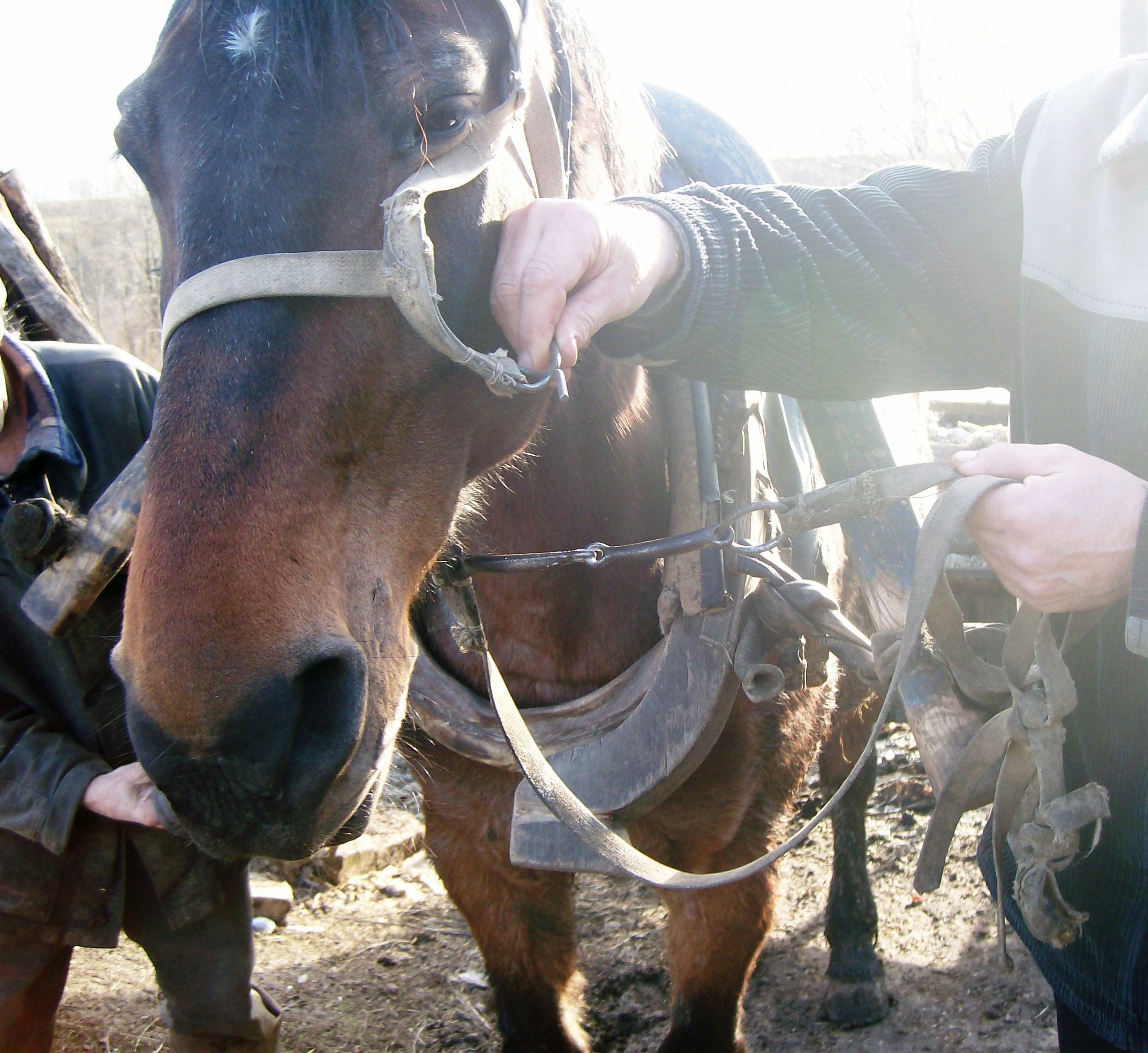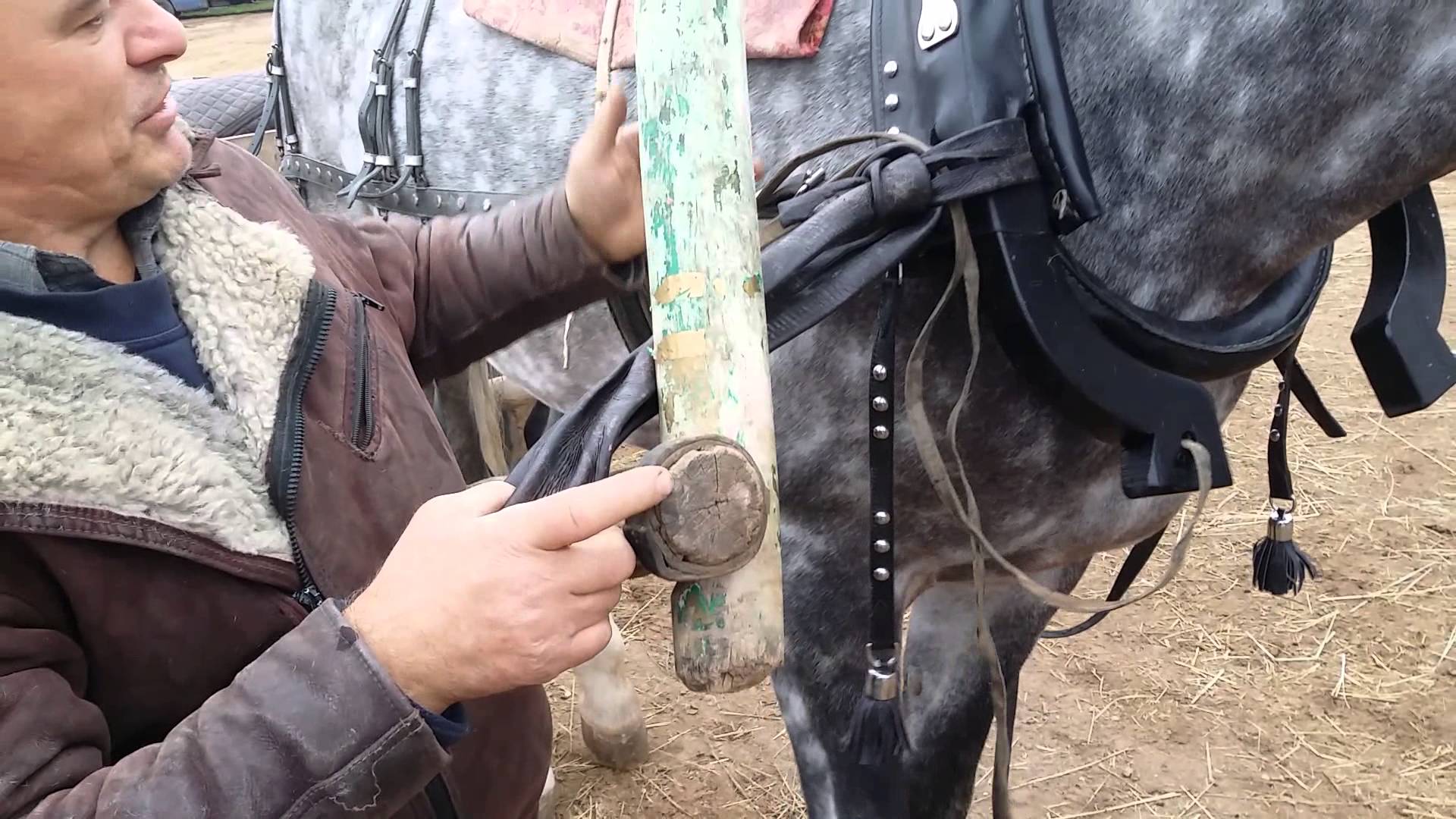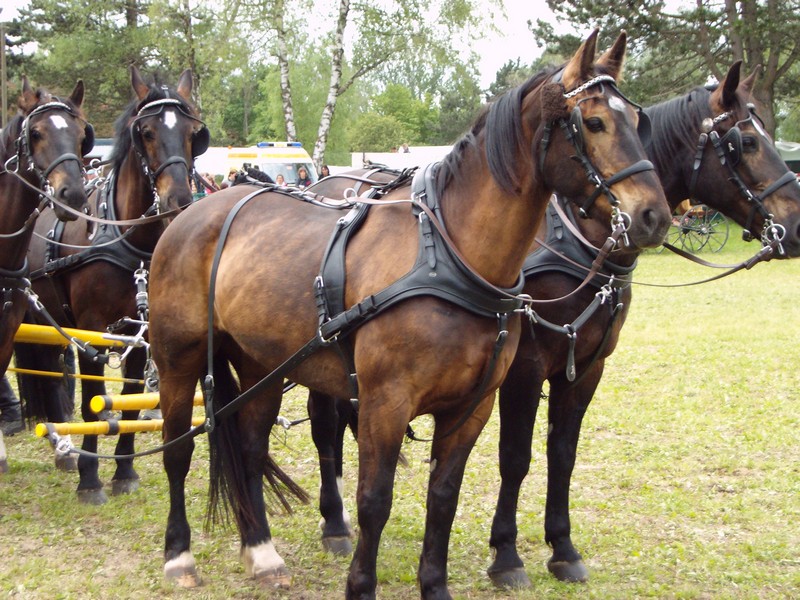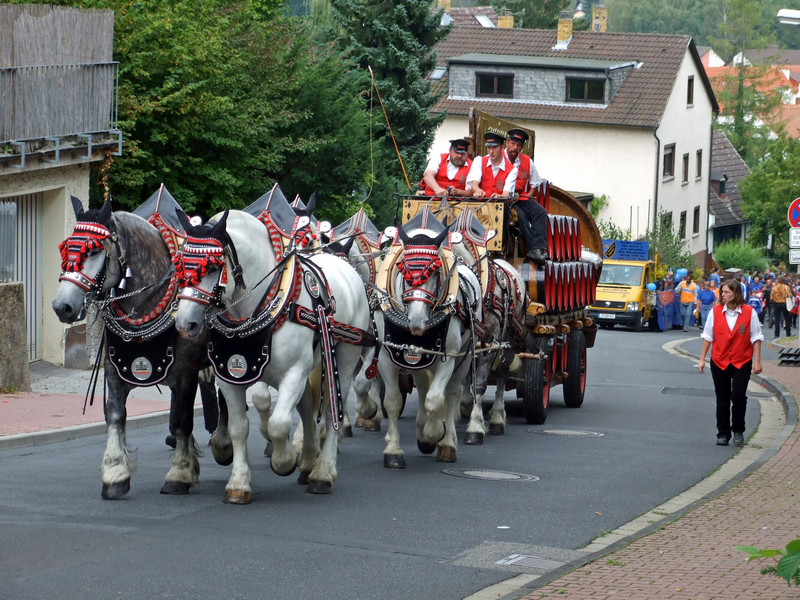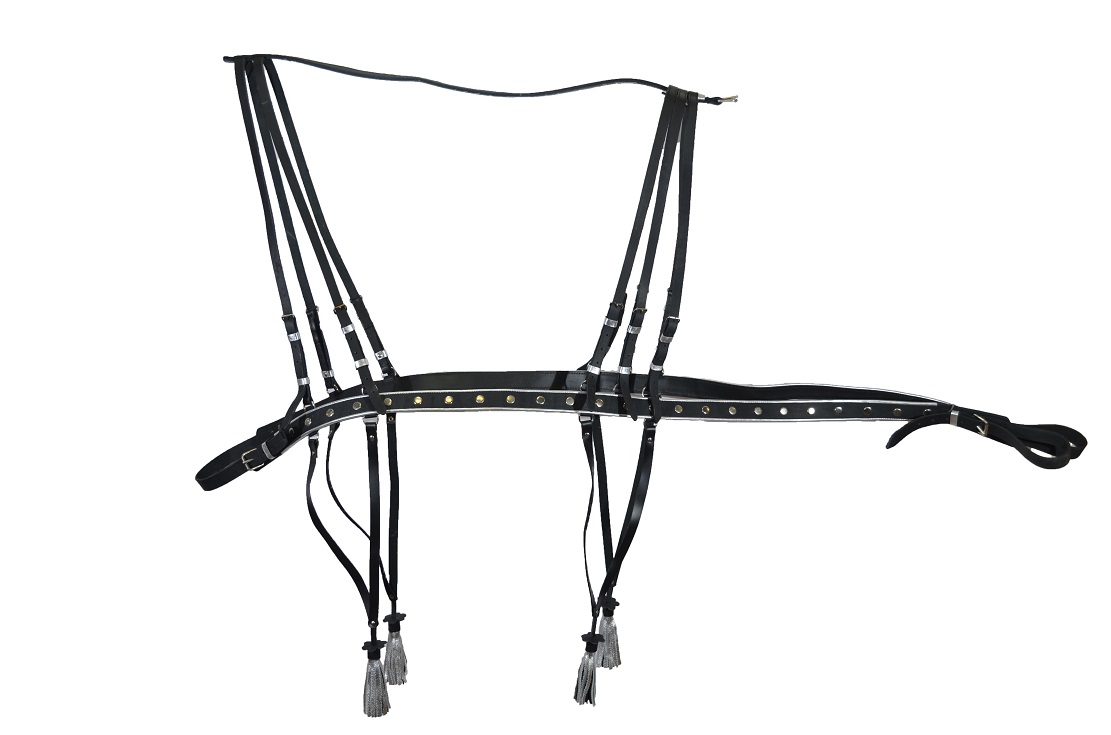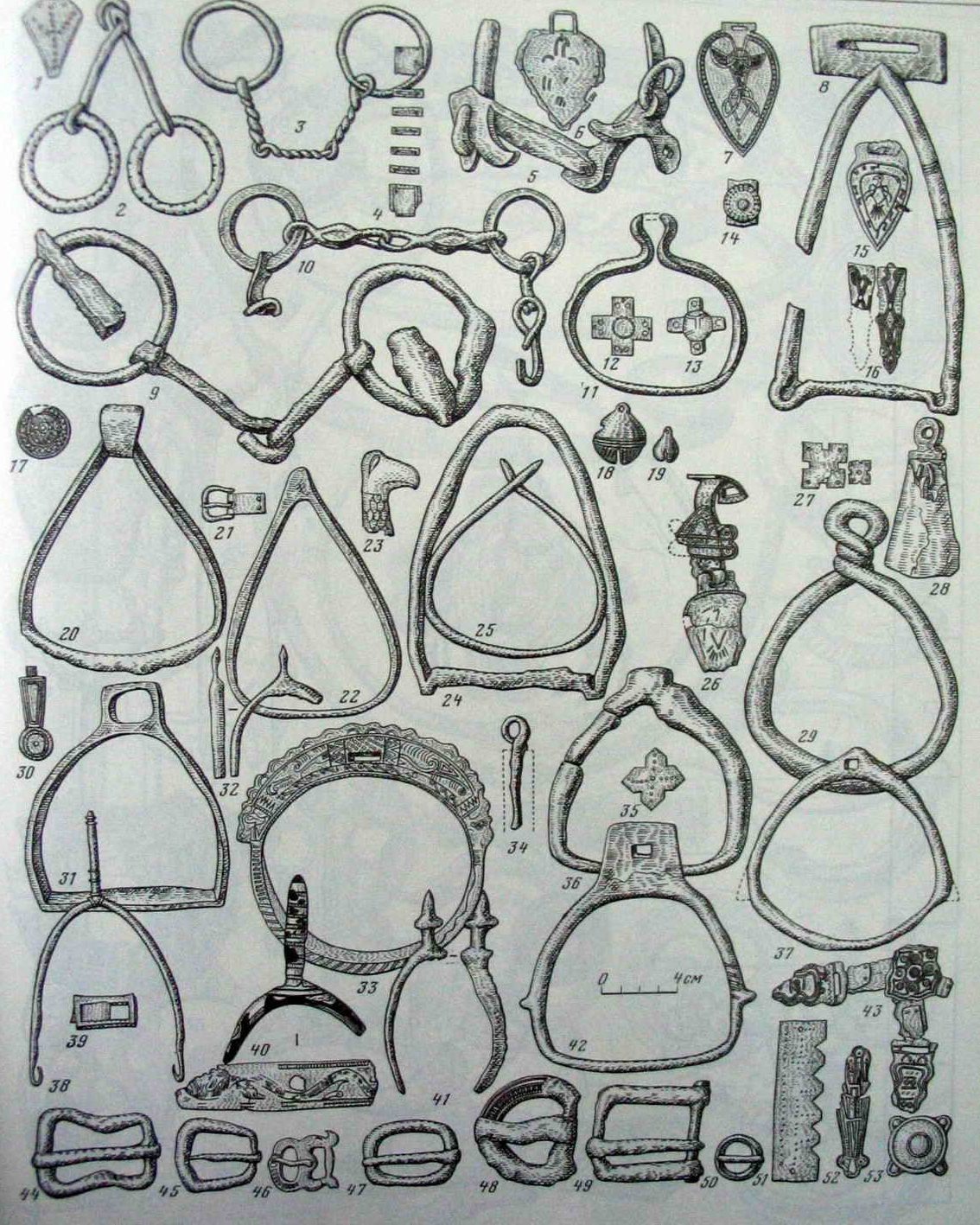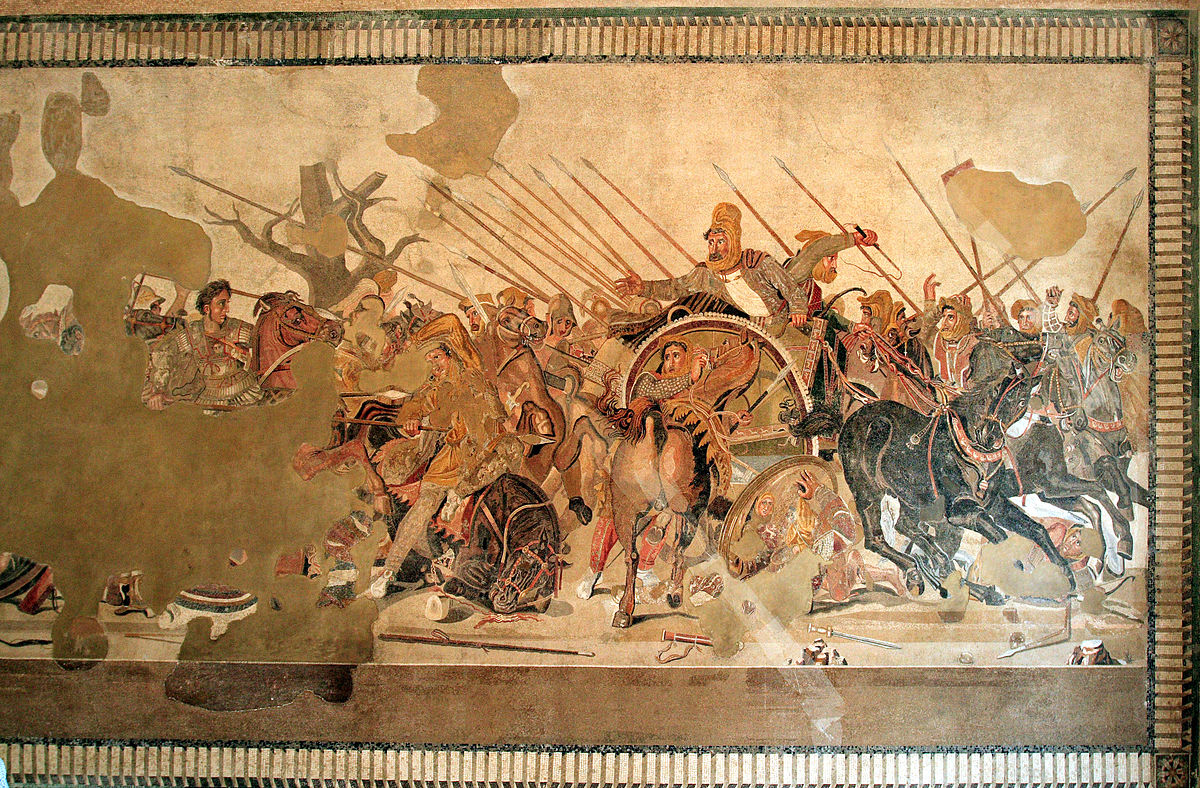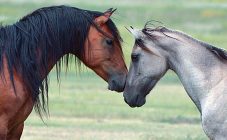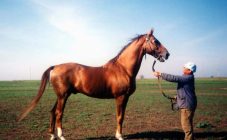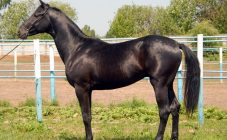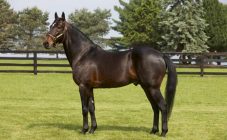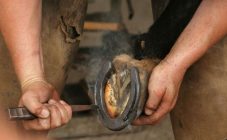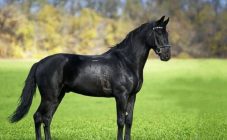Content:
In the old days, people actively used horses for transporting goods or even as transport. And almost every owner knew that the quality of work largely depends on the right harness.
Inexperienced people, referring to "harness", say "nurse for a horse", which is not entirely correct. Not a single part of the harness can be called in such a colloquial way, since the horse sphere includes many special terms.
A horse harness consists of elements, which are a system of belts, hooks and special devices that are put on the animal's body so that it can pull (or rather, push) a cart behind it or carry a rider. If the harness for horses is correctly selected and skillfully applied to the animal, then it will provide high-quality movement of a cart, sleigh in the snow or a person. Improper component placement can lead to various problems, including horse damage or broken harness parts.
The structure and types of team
There are several types of harness designed for different types of work.
Types of harnesses with a clamp
Russian or arched one-horse team
This type of harness presupposes the presence of a special part - an arc, which will act to redistribute the load from the horse's shoulders to its entire body. It is believed that this type of harness allows one animal to transport large loads without letting it get very tired.
The set of this type of harness includes:
- clamp;
- arc;
- horse harness;
- saddle;
- weekly;
- bridle;
- rein.
The main pulling force is distributed between the clamp and the bow. Special attention should be paid to the strength and quality of these elements. Arcs are bent from solid wood and glued. Preference should be given to a solid arc.
Post-row-drawbar
This type of harness was used in the old days for carts. The bow was not used in this harness. Two or four horses were placed on either side of one shaft (drawbar) and attached to it using a system of belts (strings).
The participation of several horses in the cart allowed the animals to get less tired.
Tachanochnaya
The harness differs from the post-edging-drawbar in that the horses were placed two in a row on the sides of the shafts. As a result, four of us pulled the cart.
The carts were very popular during the Russian Civil War. The wagon developed a high speed, allowing it to evade the enemy.
Zug
The type of team, which has lost its relevance at the present time, when several horses (up to eight) were put one after another - in a chain. This type of harness did not allow developing high speed and made it difficult to control (the driver's whip could reach a length of several meters).
Types of harness with a bib
Single-horse arcless
As the name implies, the harness does not include an arc. This type of harness is typical for European countries. The main load falls on the collar or wide leather bib.
Postline
Harness, which eliminates the use of the arc and shaft. Their function is performed by leather strings.This type of harness is not effective due to the fact that when braking the carriage runs into a horse, when moving to the side, the angle of rotation is too large.
Combined
Harness system, including elements of drawbar and line harness. It is used when harnessing at least 6 animals and allows you to use them as efficiently as possible. In such a harness, the roles of horses are clearly distributed:
- roots - set the direction;
- outboard - the strongest individuals carrying the main load;
- pinned - set the direction of the turns.
The main parts of the harness
Harness elements:
- Shley - a belt that serves to decelerate the animal, it is attached to the girth. It wraps around the horse from behind, preventing the carriage from moving forward during braking.
- Saddle - placed on the back, behind the withers. Harnesses pass through it.
- The arch is a wooden device that redistributes part of the load from the chest to the back of the animal.
- Cheresednik - a strap stretching from the left shaft to the right through the saddle and belly. A tightly tightened Monday will ensure the strength of the entire structure.
- A collar is an element that is made of wood in the form of a collar, which is placed on the shoulders of a horse. It serves to distribute the weight of the cart or cart on the neck and shoulders. Clamps of different sizes are selected depending on the size of the animal's chest. May include horse-drawn lobes for attaching straps.
- Supon - a rope that tightens the clamp pliers after it is put on a horse.
- Belt throats (or tugs) are loops made of rawhide or dense fabric tape on the clamp pincers, with which the shafts are attached to the clamp.
- Abdominal - a strap that runs under the belly for a secure harness.
- Reins (reins for a horse) - a long strap attached to the bridle on both sides and is in the hands of the coachman. Serves to control the running of the animal.
- Zga - a ring for which the reins of the bridle are attached.
- Legs are leather or fabric pads on the hooves that serve to protect the limbs from serifs (striking the legs against each other while running).
- Saddlecloth (or saddlecloth) - a blanket placed under a saddle or saddle. Serves to protect the horse's back from damage from the saddle.
- The girth is a wide shoulder strap that provides a stable saddle position. It runs across the body and attaches to the saddle on both sides.
- Martingale is a strap used to hold the animal's head in the desired position. One of its ends has a loop, which is attached to the front girth, and the other end is bifurcated into two parts, each of which ends in a loop. These loops go through the chest to the reins.
Also, the main part is the bridle - a harness system that controls the horse's actions. Fits on the head, includes:
- a belt strap - passes behind the ears, holds the entire structure on the head;
- cheek straps - two straps that run along the head from the back of the head to the mouth. Their function is to keep the bit in the horse's mouth;
- ganache strap - attaches to the back of the head strap and goes under the ganache. Not all types of bridles have this part in their design;
- forehead - a strap attached to the back of the head strap and passes under the ears. It is a decoration;
- capsule - a strap that goes through the snoring. Prevents the animal from ignoring bit movement and restricting mouth opening. Should be moderately loose;
- snaffle - a structure consisting of three or two iron parts that fit inside the horse's mouth, on the toothless edge of the jaw;
- reins - a strap attached to the bit. It is quite long, with its help the rider controls the movements of the horse.
The history of the appearance of harness
The first mentions of horse harness have been known since ancient times. The frescoes over four thousand years old depict chariot riders.In ancient tombs of different countries, certain elements of harness were found. Scientists assume that people used harness before, but no evidence of this has been found.
Earlier, when the social position of a person was of greater importance than now, it had to be emphasized by decorating the harness. In the Middle Ages, this trend changed, with horse owners paying more attention to functionality.
After the 16th century, due to the appearance of open carriages and various carriages, the fashion for beautiful horse harnesses returned. At a time like this, wealthy horse breeders preferred brightness and pretentiousness to the functional characteristics of a harness.
Now the practical importance of harness has lost its relevance due to the emergence of technology. However, these animals are still used in equestrian sports or just for hobbies.
When people say "harness for horses," they assume that the device is a system of belts and wooden parts that are worn on the horse and serve as a way to facilitate the animal's transportation of goods. Harness can be varied, according to different types of horse harness.
